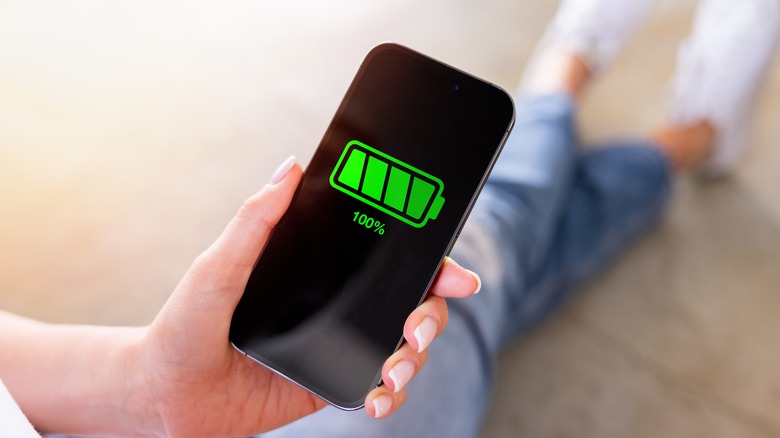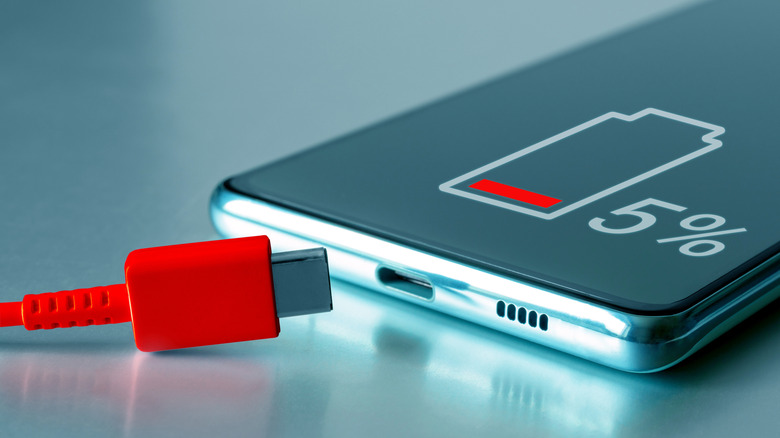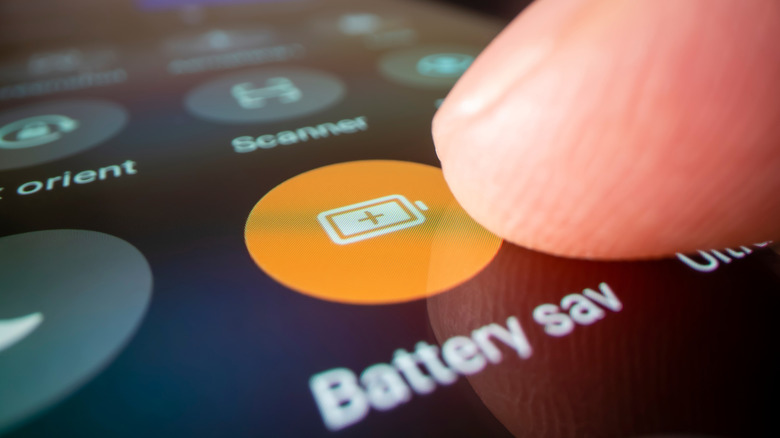Is Charging Your Android Phone To 100% Actually Hurting The Battery?
Charging your Android phone to 100% seems like a logical way to ensure it lasts you through the day, but this routine could actually be hurting your phone in the long term. This is because most Android devices use lithium-ion batteries, which tend to degrade over time. Routinely charging them to full can accelerate the chemical aging of your phone battery because it's consistently kept at a high voltage. This can gradually reduce your battery's capacity 10-15% faster than charging it to a lower percentage of say 90%.
Therefore, if you're always charging to 100%, you could experience a shorter battery life in the long term and need a replacement sooner. Thankfully, adapting your charging habits can help to maintain optimal battery health.
That said, most modern phones come with great battery life, and the occasional full charge is unlikely to do any harm. So, it's no problem to top up to 100% when you have a particularly busy day or if you're traveling and need a steady stream of music and movies to save you from boredom.
It can harm battery health
Leading Android phone manufacturers advise keeping your phone charged above the 50% mark most of the time to keep it in optimal health. Repeatedly allowing your phone to drain fully can shorten its life, but so can always charging it to 100%. Therefore, the sweet spot is keeping your battery charged between 50-80% when possible, at least until batteries that barely degrade become an everyday reality.
The good news is that many modern smartphones have built-in battery health optimization features. For instance, Samsung offers the "Protect battery" function on many models, which automatically limits charging to 85%. Similarly, many Google Pixel phones have "Charging optimization" that can be set to limit charging to 80%. These features help reduce battery wear by minimizing the time spent at full charge.
Extreme temperature is another factor that impacts battery health. If you routinely use your phone in a very warm or very cold environment, the battery will degrade faster. For this same reason, the rather convenient feature of fast charging available on many Android phones can also impair battery health over time, due to the increased heat generation.
In fact, extreme temperatures, both hot and cold, can be more detrimental to battery health than charging to 100%. The optimal external temperature range to maintain your phone's battery is between 32 and 95 degrees Fahrenheit (or 0 to 35 Celsius).
What to do instead
To prolong your Android phone's battery life, adopting smarter charging habits can make a noticeable difference, including keeping the battery within its optimal range and temperature. Furthermore, be sure to use original or certified chargers with your phone. Generic or third-party ones may be cheaper but come with the risk of overheating your battery or exposing it to harmful voltage fluctuations.
If you're noticing your battery isn't lasting as long, some small tweaks can help squeeze some extra juice through the day. For instance, reducing the screen brightness, turning off Bluetooth and location services when not in use, and using dark mode can all help your phone's battery last longer. Many phones also have a battery saver function that you can turn on temporarily to limit background processes when you're running low on battery and don't have access to a charger.
Sometimes, a particular app may be draining your battery, so it's a good practice to update your apps to their latest versions to avoid such issues. You can open your phone's settings to see which apps use the most battery, as well as check on the overall battery health.


